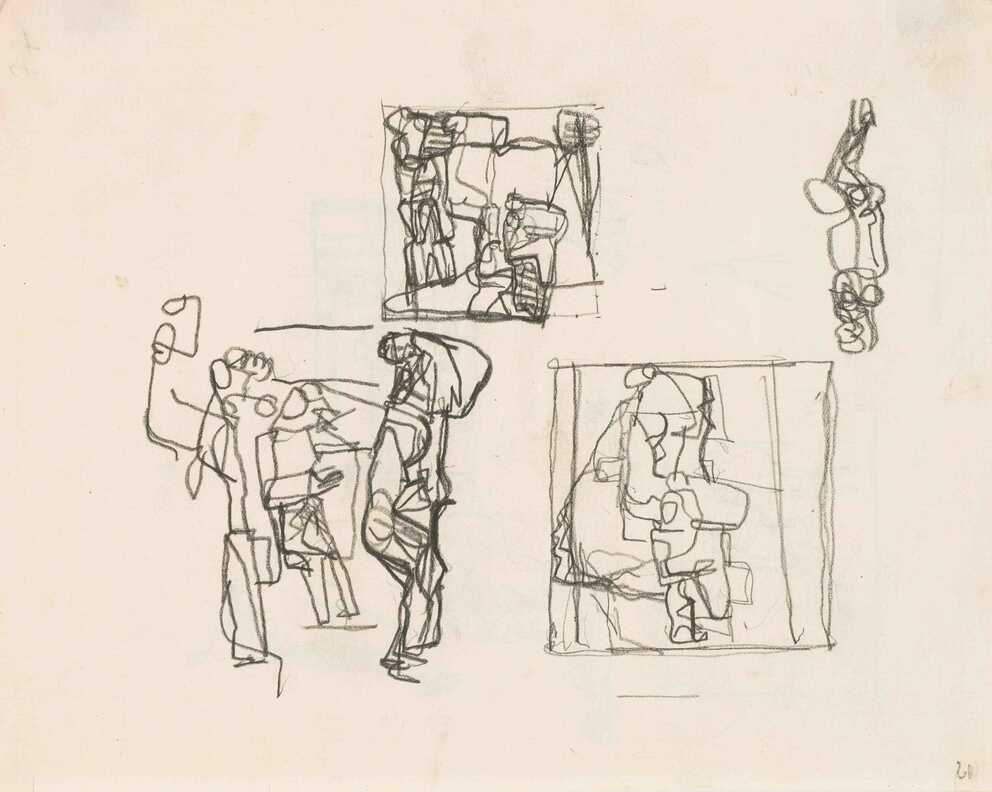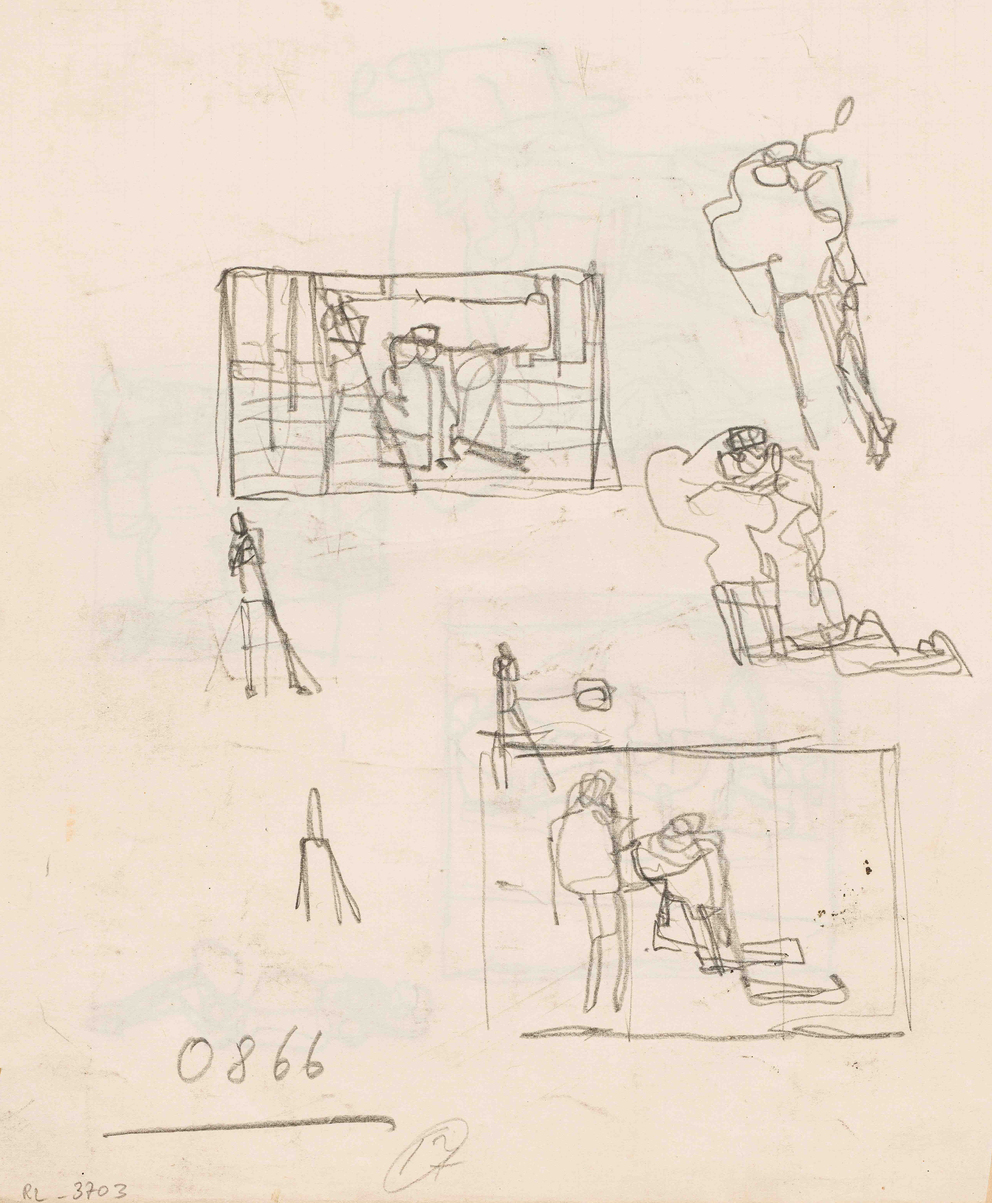
Leopold Museum,
Vienna
Vienna

Leopold Museum,
Vienna
Vienna




Fragment of a Page from a Sketchbook with Figure Studies
undated
(Tulln 1890–1918 Vienna)
If you have further information on this object, please contact us.
Privatsammlung Leopold, Wien; (1)
Leopold Museum-Privatstiftung, Wien (2023)
For provenance related information, please contact us.
2023/2024 Partial funding for digitization by the Federal Ministry for Arts, Culture, the Civil Service and Sport „Kulturerbe digital“ as part of NextGenerationEU.

